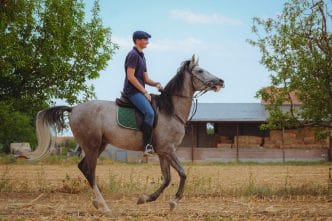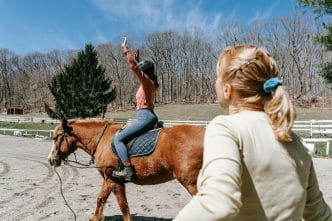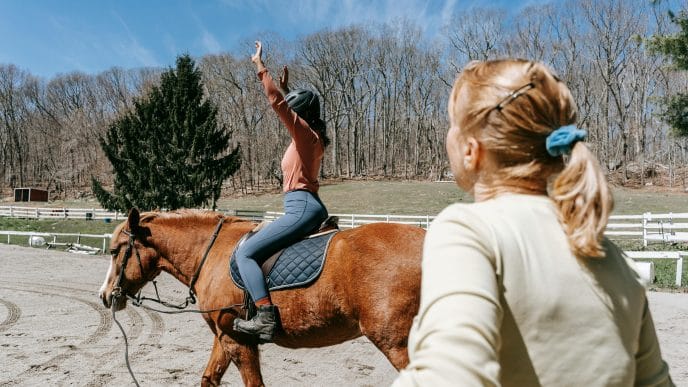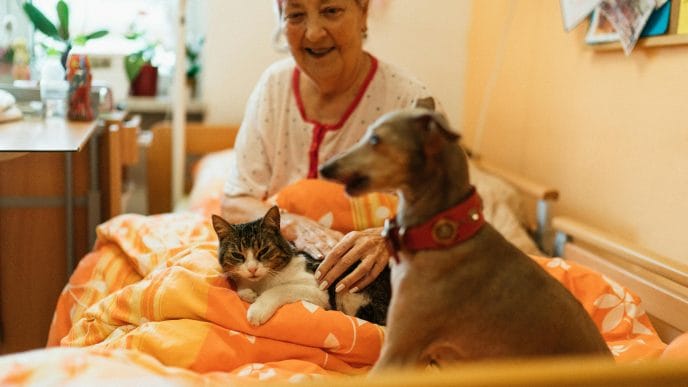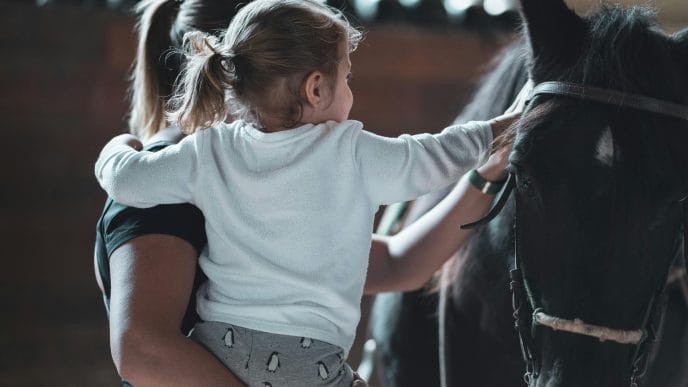Equine therapy programs have become a powerful and respected partner to traditional therapeutic, educational, and wellness services. By integrating horses into structured activities that promote emotional regulation, self-awareness, communication, and physical development, these programs offer a unique path toward healing and personal growth.
Whether designed for mental-health support, physical rehabilitation, trauma recovery, youth development, or leadership training, equine therapy programs share one essential trait: they rely on the horse’s ability to respond authentically and without judgment. This creates an environment where participants can safely explore their emotions, build new skills, and strengthen their sense of connection.
What Are Equine Therapy Programs?
Equine therapy programs—also referred to as equine-assisted services—use interactions with horses as part of a therapeutic or learning process. Sessions may take place on the ground, on horseback, or in a structured arena environment. The goals vary by program type, but all emphasize the relationship between the human and the horse as a central part of the experience.
These programs are facilitated by trained professionals such as therapists, equine specialists, rehabilitation providers, or certified instructors. Their role is to ensure safety, interpret equine behavior, guide activities, and support clients through emotional, educational, or physical growth.
The core idea is simple: horses offer honest, immediate feedback. Their sensitivity to body language, tone, and energy allows them to reflect the participant’s emotional state. This creates natural opportunities for insight, connection, and change.
Types of Equine Therapy Programs
Equine therapy programs exist along a spectrum. Some are clinical and treatment-focused, while others are experiential or educational. Each serves different populations and goals.
1. Equine-Assisted Psychotherapy (EAP)
These programs are designed for mental-health treatment. Licensed therapists use horses to address challenges such as anxiety, trauma, depression, emotional dysregulation, attachment wounds, and behavioral difficulties. Sessions may explore boundaries, communication, relationship patterns, or internal states through meaningful interactions with horses.
2. Equine-Assisted Learning (EAL)
EAL programs focus on personal development and life skills rather than clinical mental-health treatment. They are commonly used in school settings, youth programs, corporate leadership training, and community initiatives. Participants practice communication, problem-solving, confidence-building, and teamwork by working directly with horses.
3. Therapeutic Riding and Adaptive Riding
These programs support individuals with disabilities or special needs through mounted riding instruction. Certified instructors design sessions that enhance balance, coordination, strength, and confidence. The rhythmic movement of the horse and the structured riding activities often support physical, emotional, and cognitive development.
4. Hippotherapy
Hippotherapy programs use the horse’s movement as part of a clinical treatment plan delivered by licensed physical, occupational, or speech therapists. The multidimensional movement of the horse helps improve mobility, posture, sensory processing, speech, and motor control. This is one of the most medically recognized forms of equine-assisted services.
5. Trauma-Informed Equine Programs
These programs serve individuals affected by trauma, including veterans, first responders, foster youth, and survivors of abuse or neglect. They emphasize regulation, trust-building, relational safety, and body-based awareness. Horses provide a grounded presence that can help participants reconnect with their internal sense of safety.
How Equine Therapy Programs Work
Although each program has its own structure, equine therapy generally centers on relationship-based interactions. Sessions may include grooming, leading exercises, observation, groundwork, mounted activities, or reflective discussions. The activities are designed to reveal patterns in emotional regulation, communication style, and interpersonal dynamics.
Horses play an active role in the therapeutic or learning process. They respond to tension, calmness, leadership, uncertainty, or confidence. These responses offer immediate, nonjudgmental feedback that often helps participants understand themselves more clearly.
Professionals guide participants to interpret these responses, make connections to their daily lives, and practice new skills in real time. Sessions are paced carefully, with attention to emotional safety, consent, and the welfare of the horse.
Who Benefits from Equine Therapy Programs
Equine therapy programs serve a wide range of individuals, from children to adults. Many people seek these services because they connect more easily through experiential activities than through traditional talk-based approaches.
Common groups who benefit include individuals with anxiety, PTSD, ADHD, autism, depression, grief, or social-emotional challenges. Others may come for leadership development, communication skills, stress reduction, or personal growth. Rehabilitation-focused programs support those with movement disorders, developmental delays, or physical disabilities.
The diversity of program types allows equine-assisted services to meet people where they are, whether their goals involve healing, growth, regulation, empowerment, or skill-building.
The Role of the Horse in Equine Therapy
Horses are central partners, not tools. Their natural sensitivity to human body language and energy makes them uniquely effective at reflecting emotions that participants may not consciously recognize. Horses live in the present moment, respond honestly, and do not judge. This creates a safe environment for individuals to experiment with new patterns and to build trust through consistent, respectful interactions.
Programs that prioritize equine welfare ensure that horses are well-trained, emotionally regulated, and ethically managed. Their comfort is essential, because an emotionally safe horse creates an emotionally safe experience for the client.
Program Structure and What to Expect
Most programs begin with an assessment or intake process to understand the participant’s goals. Sessions are then designed to meet those goals in a way that supports both client progress and horse welfare.
A session may include quiet observation, intentional grooming, structured communication exercises, or mounted activities depending on the program type. Professionals remain present to guide, support, and help translate the experience into meaningful insights or therapeutic progress.
Sessions typically last 45–60 minutes and may occur weekly or biweekly. Some programs offer group sessions, workshops, or intensive retreats.
Choosing the Right Equine Therapy Program
Selecting a program begins with identifying the type of support you or your client needs. A licensed mental-health provider should facilitate clinical therapy, while educational and leadership programs are best suited to certified EAL practitioners. Physical or developmental rehabilitation should be provided through hippotherapy or adaptive riding with appropriately trained specialists.
A reputable program clearly outlines its certifications, safety protocols, ethical guidelines, and approach to horse welfare. Strong communication, a structured intake process, and a trauma-informed framework are positive signs of a responsible equine therapy provider.
The Impact of Equine Therapy Programs
Equine therapy programs create space for transformation. Participants often describe improved emotional regulation, deeper self-awareness, stronger communication skills, increased confidence, and a renewed sense of connection. The combination of movement, relational insight, and the steady presence of a horse offers something that cannot be replicated in a traditional clinical office or classroom.
As the field expands, equine therapy programs continue to demonstrate their value across mental-health care, rehabilitation, education, and personal development. Their effectiveness lies in the partnership between humans and horses — one built on respect, authenticity, and the shared experience of working together.



